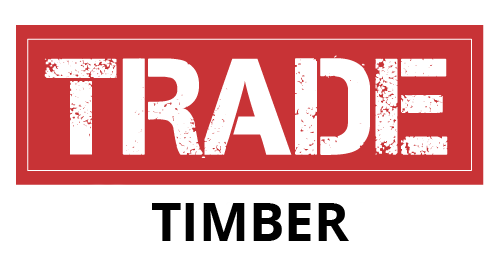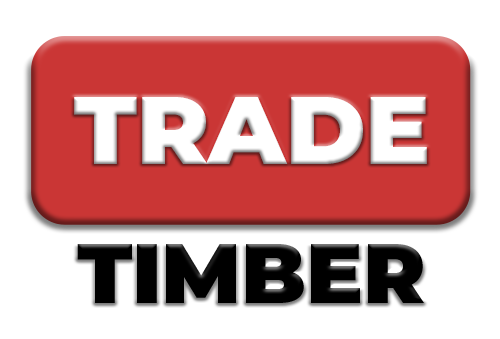Applications of 15mm Melamine Faced Chipboard
When it comes to interior projects, 15mm melamine-faced chipboard, also known as MFC, serves as an exceptional alternative to solid wood. Its versatility and affordability make it a practical choice compared to natural wood. Whether you’re constructing furniture pieces like shelving and cabinets, or engaging in decorative projects, MFC provides a cost-effective solution.
Recommended Uses of 15mm Melamine Board:
- Furniture construction
- Cabinets and shelves
- Decorative projects
- Bedroom wardrobes and kitchen cabinets
- Countertops/worktops, doors, and desks
Key Features of 15mm Melamine White Chipboard:
- Consistent colour and grain patterns for an aesthetically appealing finish.
- Natural veneer patterns may include imperfections like knots, adding character.
- Requires no finishing, saving time and effort.
- Resistant to moisture, preventing bending or warping in humid conditions.
- Offers abrasion, impact, and scratch resistance for durability.
Benefits of 15mm Melamine Faced Chipboard:
Durability is one of the standout advantages of 15mm MFC. Its melamine resin coating provides excellent resistance against scratches, stains, and water damage, making it ideal for high-use areas and countertops that come into contact with heavy utensils.
Additionally, 15mm MFC sheets are easy to clean and maintain, making them suitable for environments where hygiene is crucial, such as hospitals and food preparation areas.
MFC boards offer versatility as they can be cut, drilled, routed, and machined like wood. They also work well with a wide range of adhesives and finishes, making them suitable for both customised and standardised designs.
Distinguishing Between MDF and MFC:
Before embarking on furniture construction projects like dressers or file cabinets, it’s essential to understand the materials involved.
MDF (Medium-Density Fibreboard) and MFC (Melamine Faced Chipboard) are commonly used in furniture construction, each with its own advantages and disadvantages.
MDF, made from wood fibres, is more prone to swelling and warping when repeatedly exposed to the elements. It is also susceptible to splitting when screws are used.
On the other hand, MFC, derived from thick structure panels, offers greater reliability and durability. The melamine layer on MFC provides increased waterproofing, scratch resistance, and a polished appearance.
Some individuals prefer MFC over MDF because it doesn’t release harmful particles like formaldehyde, which can be hazardous when inhaled.














Reviews
There are no reviews yet.